Can eBird Help Choose Better State Birds? Part 3: Birds That Mostly Don’t Live in Their State
From eiders in Alaska to warblers in Alabama, some birds have a rock-solid connection to the place they live. Surely they'd make great state birds.
March 29, 2023
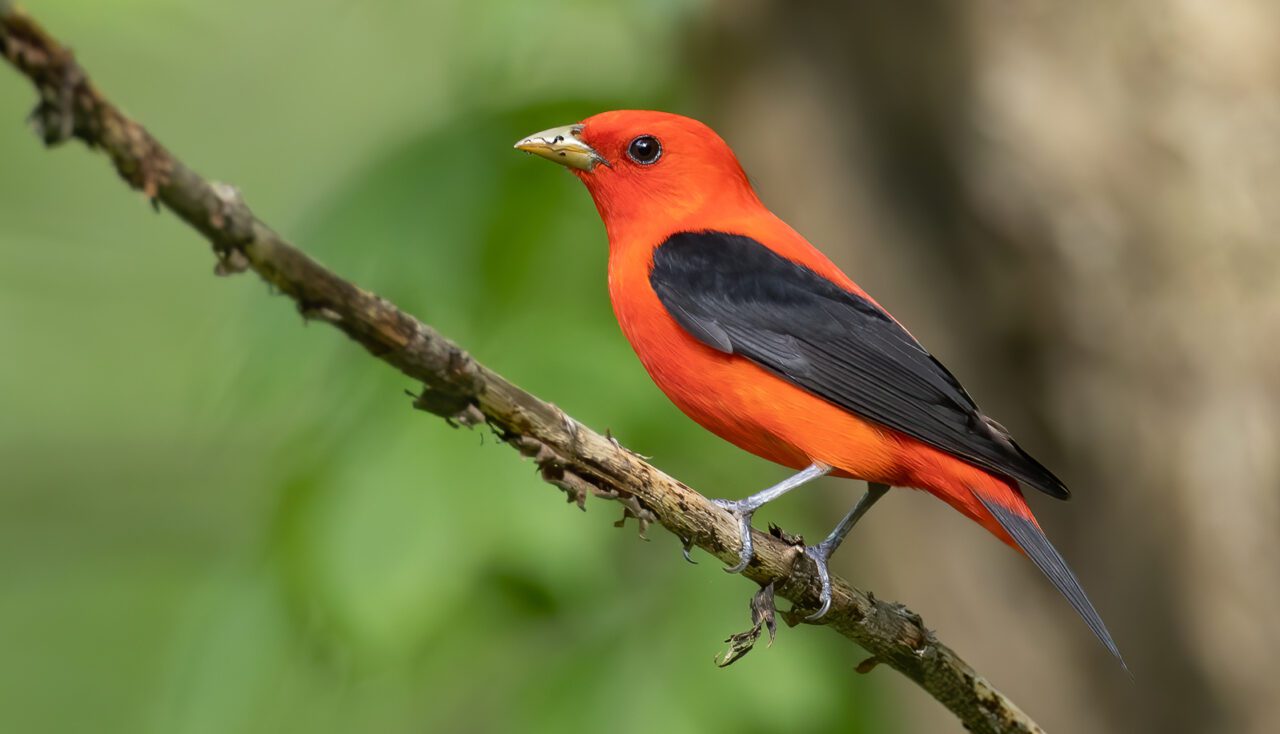
From the Spring 2023 issue of Living Bird magazine. Subscribe now.
This is Part 3 of our reevaluation of state and provincial birds, a light-hearted project using eBird analyses. On the whole, the current slate of official birds includes some fine choices—some of them just seem a bit random. It got us wondering which birds have the deepest connection to their state or province, in a biogeographical sense—so we used eBird Status and Trends models to do just that. See more details about our process in Part 1.
More State Bird Suggestions
In this installment, we take a look at 11 states with birds that, delightful as they are, don’t have a strong connection with their state. Admittedly, many states have chosen official birds that hold special meaning for their citizens. The Ruffed Grouse is no doubt the favorite game bird of Pennsylvanians, and the haunting yodel of a Common Loon stirs the hearts of Minnesotans. But neither state is a stronghold for those species. Pennsylvania has only 0.7% of the world’s Ruffed Grouse; and only 2% of the global Common Loon population breeds in Minnesota.
Approaching the question from an eBird-data perspective, some clear alternatives emerged. Pennsylvania supports the most breeding Scarlet Tanagers of any state, and Minnesota is home to almost half of the global breeding population of Golden-winged Warblers.
For a state as big as Alaska, this data-driven approach produced strong cases for several species. (The current state bird, Willow Ptarmigan, also occurs broadly over most of Canada.) The dainty, endemic McKay’s Bunting and the marathon-migrant Bristle-thighed Curlew would make great state birds. In the end though, the data led us to Spectacled Eider, a spectacular and enigmatic duck which in North America breeds only in the coastal tundra of northern and western Alaska, and spends its winters dodging sea ice in the frigid Bering Sea.
Not everyone is convinced. Nate Senner, an ecology professor at UMass Amherst and eBird reviewer for Alaska, says that while Spectacled Eider is a cool bird, he thinks Alaska should stick with Willow Ptarmigan, even if it’s a bird with only a small proportion of its global population in the state. “For most people to see a Spectacled Eider, they need to go to Utqiagvik or Nome,” says Senner, who grew up in Alaska. “I don’t think that most people would feel a connection with Spectacled Eiders, whereas Willow Ptarmigan you can see from Anchorage or Fairbanks or most other places quite easily.”
Here’s how the full set of 11 states shake out:



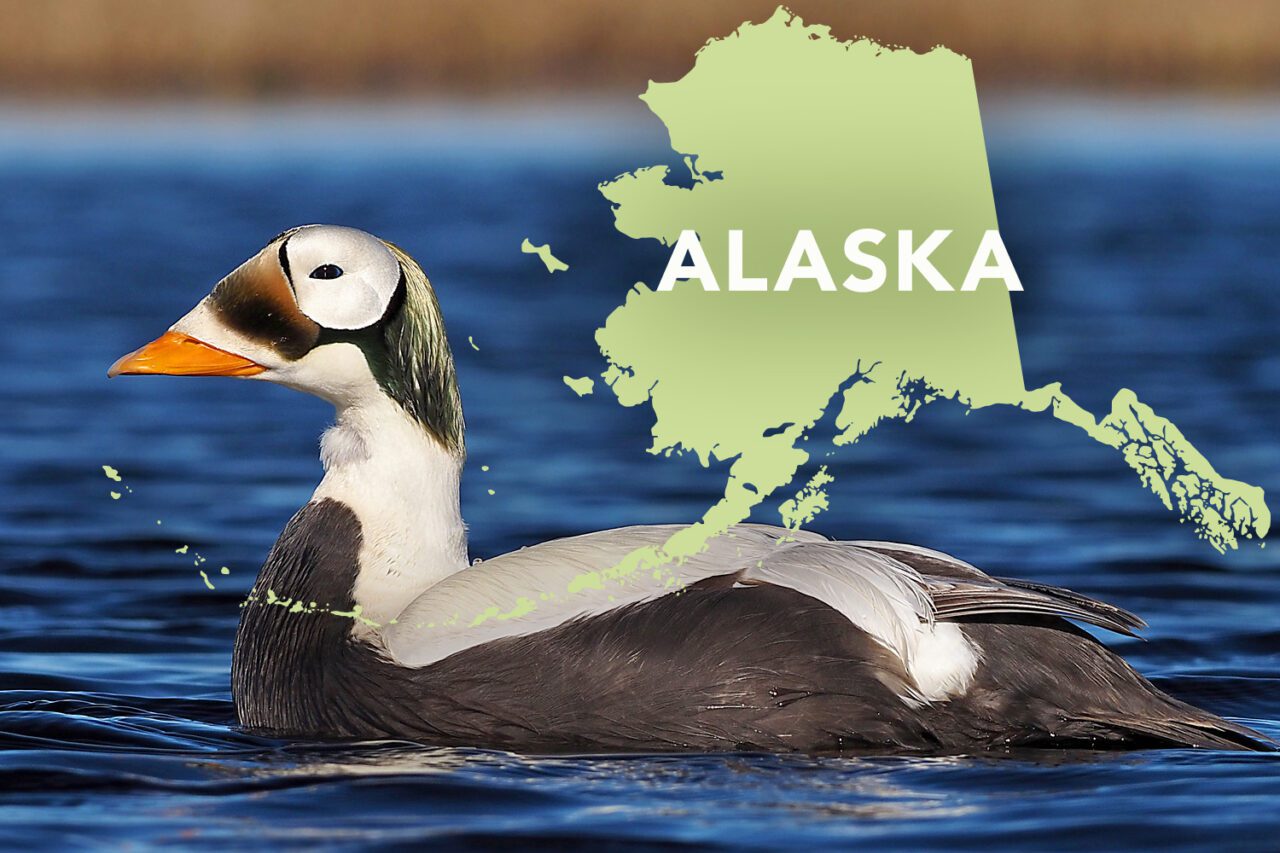




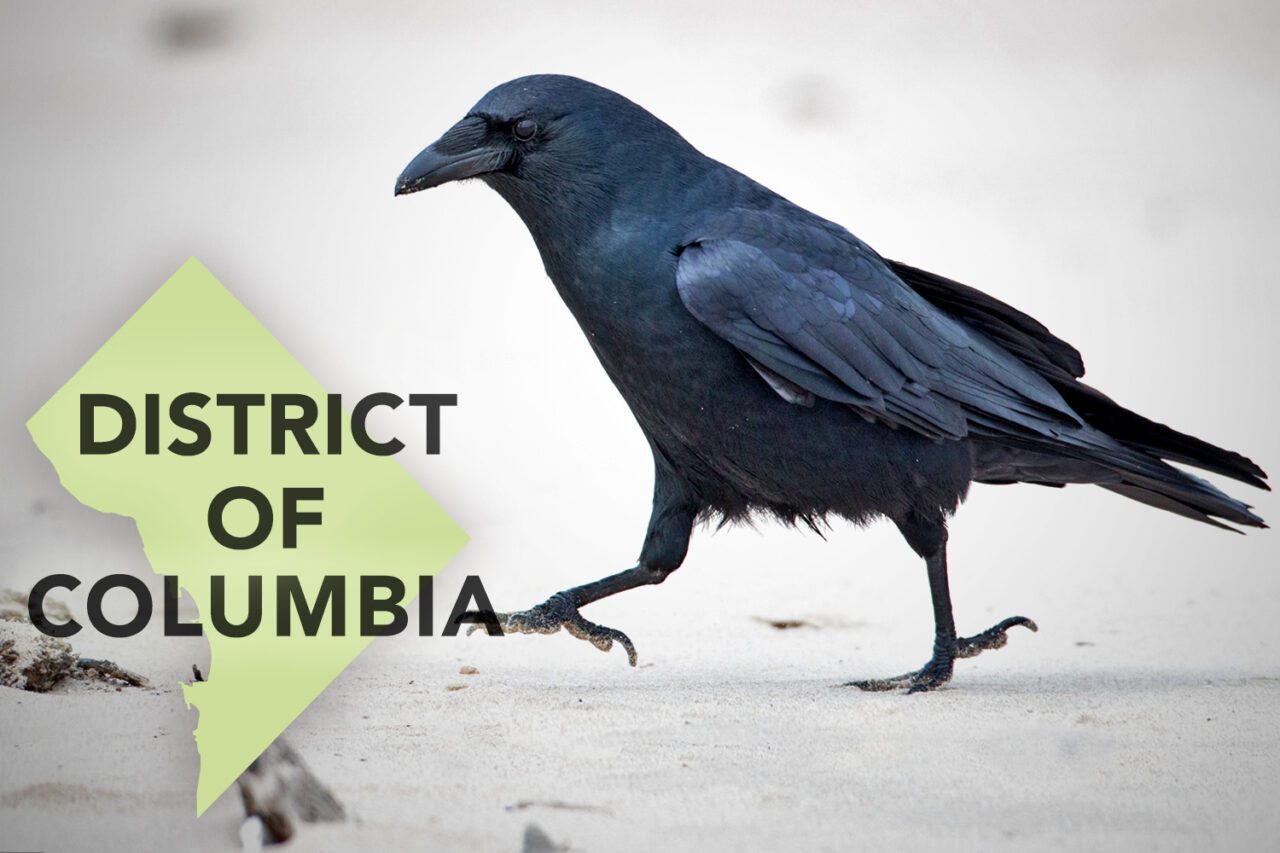

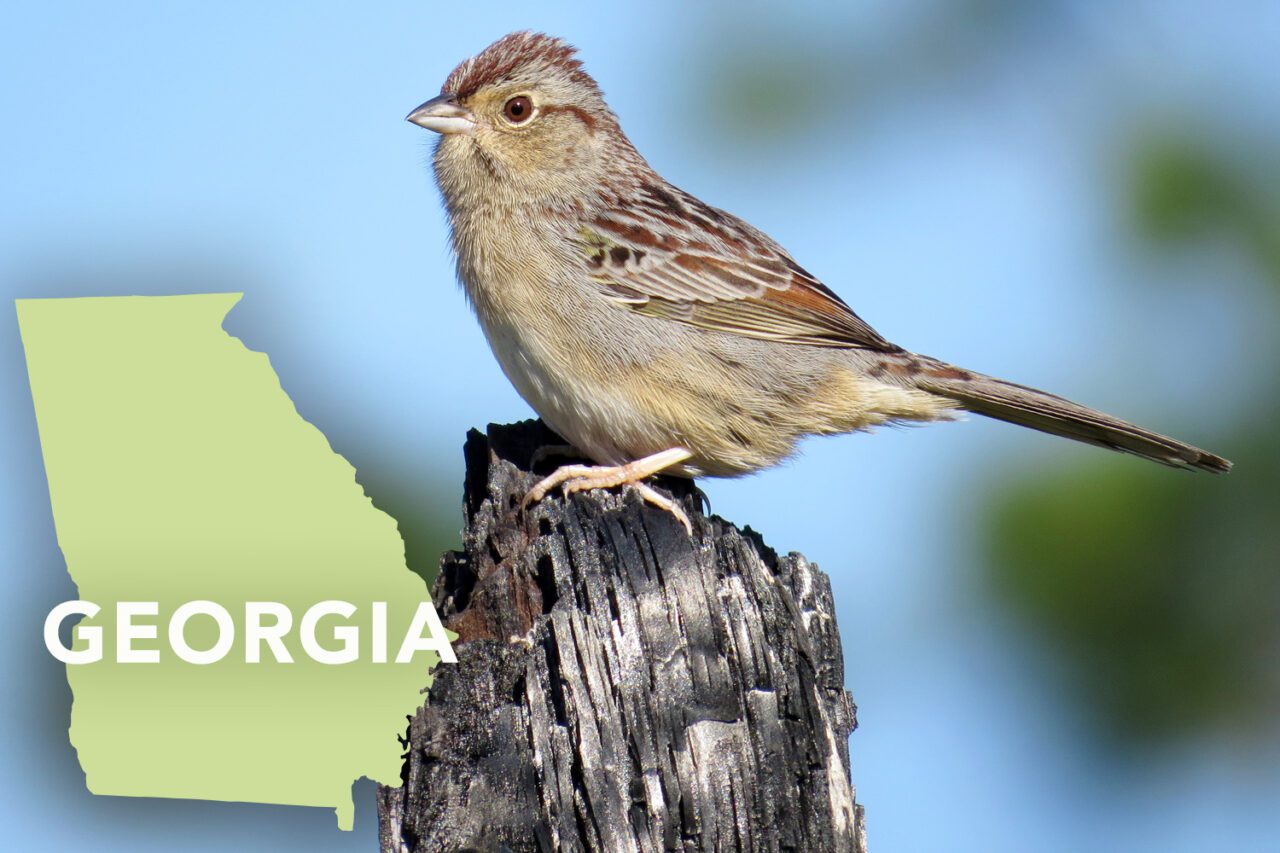










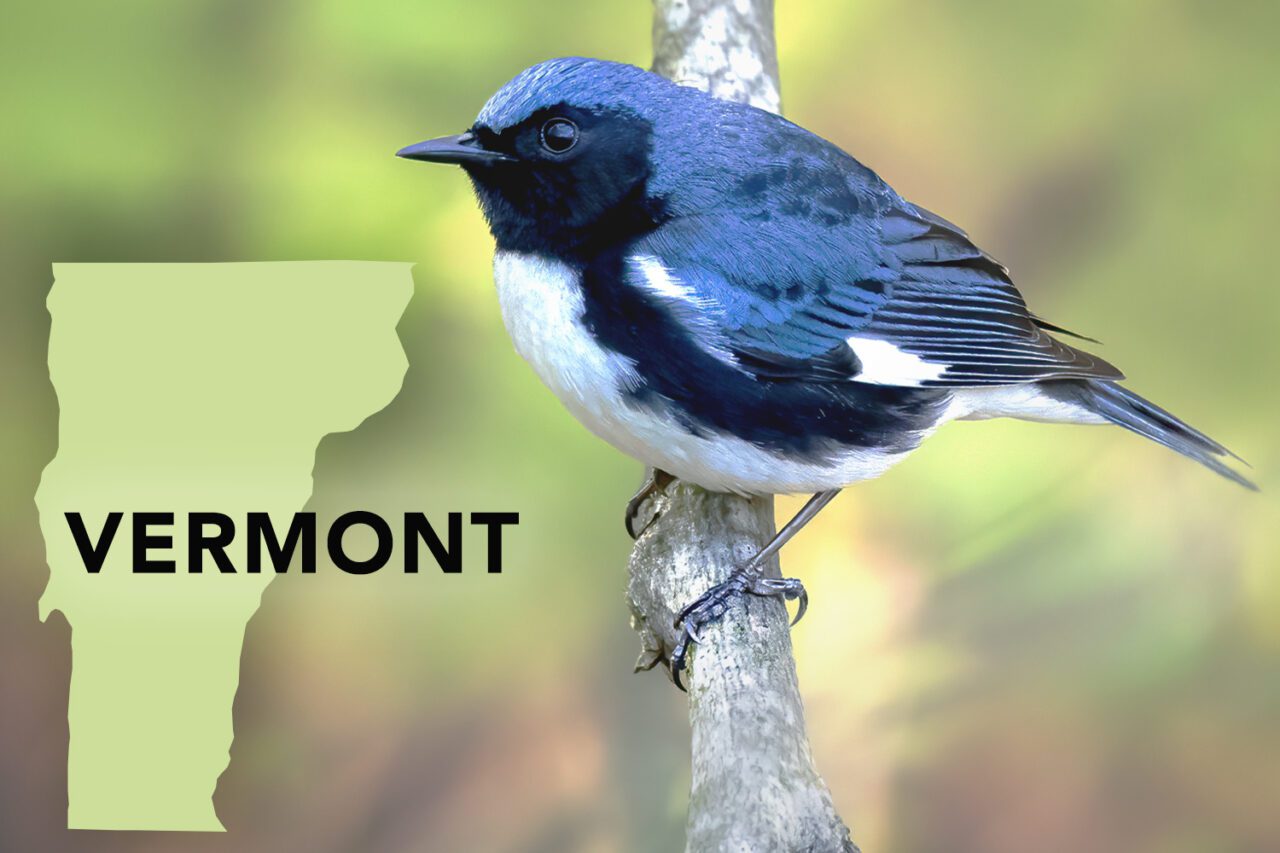
Matt Smith is an applications programmer for the Macaulay Library at the Cornell Lab of Ornithology. Smith conceptualized this story while playing with eBird data as a hobby. Marc Devokaitis is the associate editor of Living Bird magazine.


All About Birds is a free resource
Available for everyone,
funded by donors like you

















